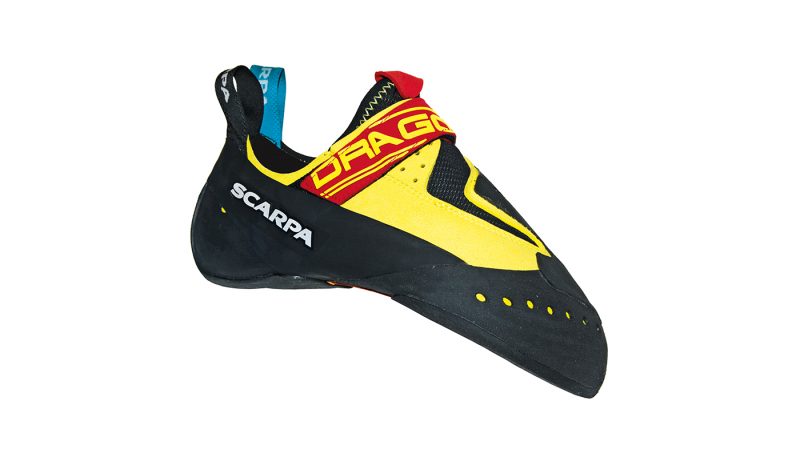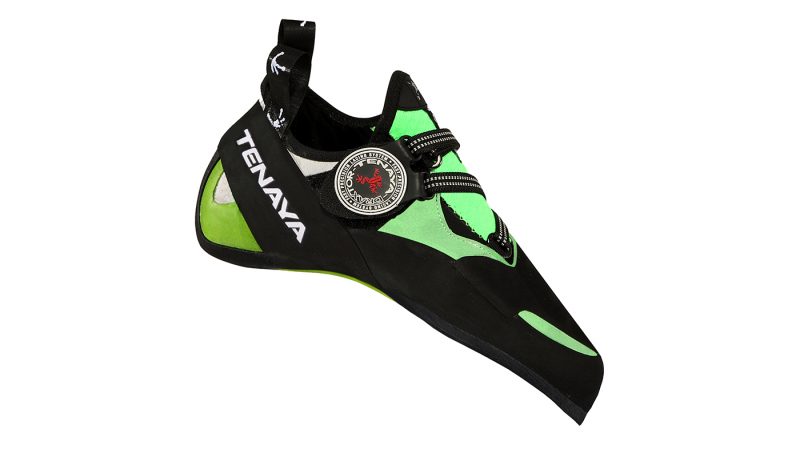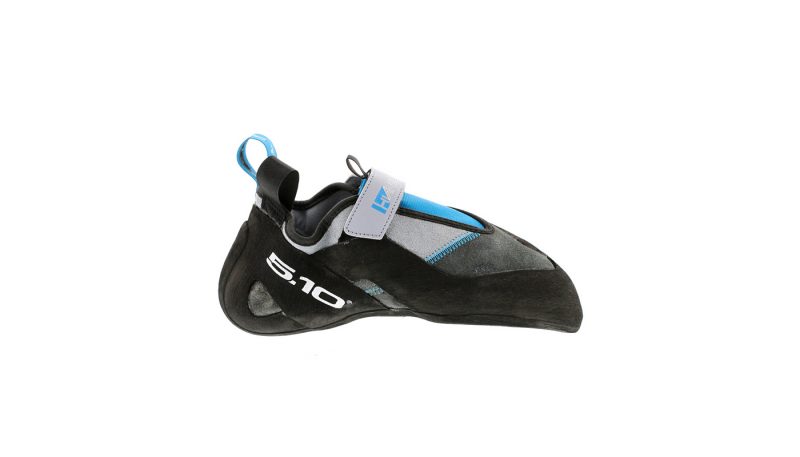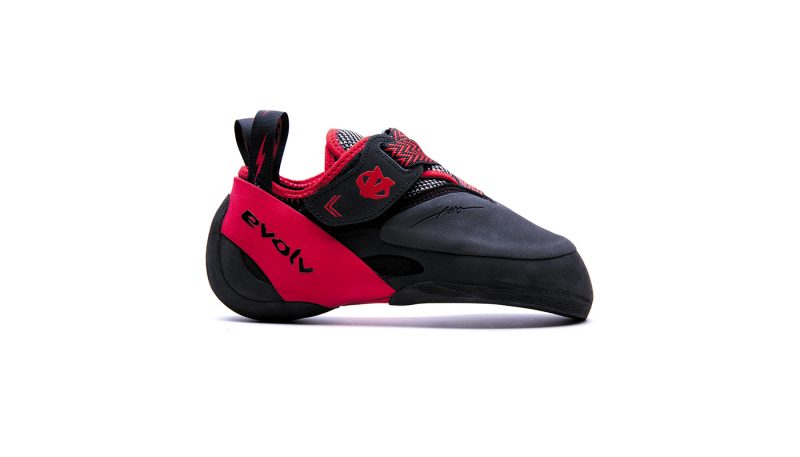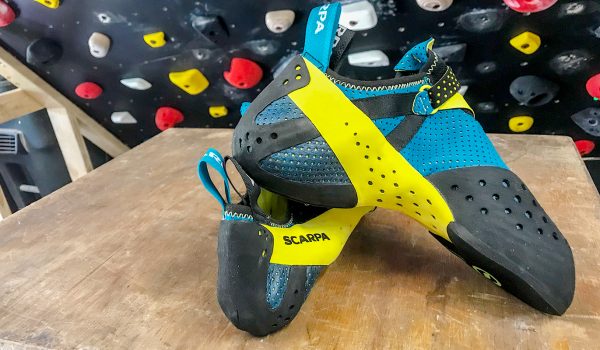Edging
Far and away the best edging shoe of the test was the Butora Narsha. The injection molded midsole, 4 mm thick Neo Force rubber, and precise fit allowed confident loading of the minuscule edges on slightly overhanging routes and boulders. The NFS adjuster allows tightening up the fit at the big toe, further improving the effectiveness and feel of loading razor edges. The amount of downturn is just enough to ease engagement of edges on slight overhangs, and this downturn and rigidity didn’t diminish over the testing period. This edging superiority does come at the cost of sensitivity; the Narsha had the lowest sensitivity score of the category, but the stickiness of the Neo Force rubber compound can inject some confidence in spite of the low amount of feel. But the Butora Narsha remains the weapon of choice when topping out is dependent on dispatching a line of intimidating crimpers and micro edges.
Sensitivity
The Scarpa Drago’s incredible sensitivity changed the way we approached steep sport routes and boulders, both outdoors and indoors. The amount of feel the shoes transmitted to the foot inspired confidence and challenged this tester to use the most minuscule of holds and features. The only model of the test category to utilize classic unlined slipper construction, the soft nature of the shoe demands sturdy foot musculature and an amount of pain tolerance when small edges on long routes stand in the way of topping out. The high amount of downturn and asymmetry, combined with the softness and sensitivity, make the Drago the shoe to grab when the route is overhanging and pulling in on smaller features are required. Climbing on slabs or dead vertical routes, where standing on small edges under full body weight, are much better served by shoes with more built-in structure than the Drago.
Toe/Heel Hooking
The Evolv Agro and Butora Narsha shared the highest score for toe/heel hooking, but for different reasons. The Agro’s soft nature, precise fit, and textured rubber covered upper made it the toe hooking king. Toe hooking and scumming could be at any angle, across almost any surface of the shoe, in virtually any foot orientation. Roof bouldering sequences were a joy to uncover with the Agro’s toe hooking potential. Rubber covers almost the entirety of the Narsha’s heel; an extremely tall textured heel rand, perforated rubber side caps and the outsole extension provide excellent traction, and combined with the excellent fit for this tester’s narrow heels, produces one of the best heel hooking shoes of the bunch. The Boreal Mutant had the best heel hooking, but lacked the toe hooking to produce a top score in this combined criteria.
Pockets
The Scarpa Drago’s best-in-class sensitivity, aggressive downturn, high asymmetry and pointy toe make it a joy to use in pockets, especially on overhanging stone. The downturn and asymmetric last made engaging pockets on steep routes or boulders feel reflexive and not directed, and nurtured a commanding big toe position for effective pulling. The softness and sensitivity contributed to a high degree of awareness of minute positioning in even the shallowest of pockets, and the Vibram XS Grip 2 rubber compound did a commendable job on sticking to even slippery limestone.
Cracks
None of the shoes in this test category would be a wise choice when cracks are the only objectives of the day or trip. This aggressive category caters to shoes destined for sport routes and boulders, and some of them are specialized for the steepest of lines. But of the contenders in the test category, the La Sportiva Otaki emerged best suited for occasional use in cracks. The middle of the road stiffness, sensitivity, downturn and asymmetry combined with the thin toe profile gave the Otaki enough chops to be useful in cracks, as long as the placement isn’t deep enough to interfere with the closure straps. If a sport route or boulder problem has a finger or small hands section, this would be the shoe; an all-around sport oriented shoe that can still jam a crack when needed.
Comfort/Fit
The Five Ten Hiangle took top honors in the comfort/fit criteria; the shoe felt comfortable immediately and only improved with time, and the fit accommodated this tester’s classic “duck foot” exceptionally well. The toe box is tall for low volume feet but didn’t affect performance as the shoe is snug laterally, with toes pressed together with just the right amount of tension. The moderate downturn and asymmetry didn’t force any foot contortions, and the Hiangle remained comfortable on multi-pitch sport routes and long sessions in the bouldering gym. The unlined split grain leather upper continued to mold to the physical quirks of the feet, continuing to improve the comforting familiarity of the shoes. The natural leather upper also breathed well compared to other shoes, particularly the ones swathed in rubber.
Test Methods
Climbing shoes should provide the mixture of attributes that best suit the climber on their intended route or boulder problem. Aggressive category shoes are better suited for sport climbing and bouldering. Increased downturn and asymmetry improves the performance of the shoe on steeper and more difficult terrain, usually at the cost of comfort.
Effective edging requires some rigidity; the smaller the edges and the more load is placed on these edges, the higher the need for stiffness. Slabs and vertical climbs often place higher demands on the shoe’s edging ability, as lessening the angle pulls the load off the hands and on to the feet. Edging prowess is usually at odds with sensitivity and smearing capability, as adding stiffness to the shoe reduces the ability of the shoe to transmit the nuances of the rock to the foot.
Trusting small features and confidently smearing on smooth stone requires high sensitivity from a climbing shoe. Mostly, the sensitivity of the climbing shoe is dependent on the amount of material that lies between the foot and the rock, and how rigid and hard these materials are. A snug, accurate fit also translates to high sensitivity. High sensitivity usually conflicts with edging ability; the stiffness that aids edging detracts from sensitivity.
Toe hooking and heel hooking opportunities tend to exist mostly on sport routes and boulders, squarely sitting in the realm of aggressive shoes. Rubber coverage, structures on the upper, and flexibility dramatically affects toe hooking ability, while fit, stability and rubber coverage play a large part in heel hooking prowess. Having a significant portion of the shoe covered in rubber can have effects on how a shoe fits, breaks in and breathes.
Pocket climbing ability depends on the shape of the big toe area of the shoe, the height of this area, and last of the shoe. A sharply pointed shoe more easily engages into smaller pockets, while aggressive downturn and asymmetry make pocket pulling easier on steep routes and boulders. Stiffness can hinder or help with pocket climbing, depending on angle and size of the pocket. Softer, highly sensitive shoes fare better on steeper lines with smaller pockets. Stiffer shoes with better edging ability can be more comfortable on longer routes that have bigger pockets or on more vertical lines that require putting more weight on the edge of the pocket, although the aggressive shoes usually are better choices for the steeper lines.
Aggressive shoes aren’t typically the first choice for pure crack climbs. All the shoes in this test category are suitable for only occasional use in cracks, like sport climbs or boulders with intermittent crack features. They are not designed to be used primarily in cracks, and their function and comfort suffer significantly because of conflicting characteristics that make them adept at sport climbing and boulders. A plethora of shoes with flatter profiles and more crack specific features and construction are available, which make crack climbing much more efficient and comfortable.
Comfort and fit are understandably primary factors in choosing a climbing shoe. Historically, high performance from rock shoes, particularly those designed for steeper and more difficult routes, meant suffering through a tight and constricting fit. Modern aggressive climbing shoes have improved comfort by a large margin without trading away performance; gone are the days of cramming feet into shoes two or more sizes smaller. Lasts have advanced with downturn and asymmetric shapes becoming much more tolerable than they have been in the past. Some are comfortable to wear through an entire gym bouldering session. Many shoe manufacturers are suggesting against the tight fitting habits of the past.
What is an Aggressive Rock Climbing Shoe?
Aggressive rock climbing shoes are the models from each brand that often have higher amounts of the downturn in their lasts, and usually, they also have higher asymmetry in their shape. Usually, these brands design aggressive shoes for steeper, more difficult routes and boulders. This toes-down, toes-inward stance of the foot provides more natural engagement of features on steeper lines while delivering more power to the toes for weighting and pulling.
Lasts have evolved where fitting shoes painfully tight to maintain sensitivity and performance isn’t necessary. All of the shoes in the test performed admirably without downsizing to the point of relative discomfort. Some stretched more than others; a lack of lining and natural leather uppers tended to continue to mold to the foot after the initial break-in period, often improving comfort as they aged. The use of synthetic uppers is growing, and these shoes tended to stretch and conform less to intricacies of the foot. These engineered uppers do ease the initial fitting game and can prove more durable in both fit and structure, and they often dry faster than natural leather. Some shoes utilize rubber covering over a significant portion of their upper to improve toe hooking and scumming; these models stretched and conformed the least.
Rubber compounds continue to evolve; some brands outsource the outsole to proven specialists like Vibram while others develop proprietary formulations. All of the rubber outsoles provide acceptable traction across various types of stone, and artificial gym holds, but specialization is growing. Climbing shoe rubber can be engineered to work better for specific climbing demands. Edging, smearing and even plastic holds are garnering particular durometers, thicknesses, and adhesive characteristics. Often, manufacturers compromise the durability and longevity in exchange for sensitivity, stickiness, and ability to conform to rock surface features.
Not a single shoe in the aggressive category uses laces. Velcro straps in various configurations and numbers compromise the closure systems. Some are better suited for occasional crack use, leaving the majority of the upper free of hardware, while others offer more adjustability towards the front of the shoe. Some designs allow adjustability of strap angle and include strap length variability on both sides of the shoe. Systems are also utilized and developed to change the fit and tension in particular areas, like at the big toe.
Prices ranged from $165 to $200; shoes marketed towards steeper and more demanding routes and boulder problems tend to command higher prices. Complex last shapes, necessary to make high downturn and asymmetry comfortable also calls for higher pricing.
Overall, every shoe in the aggressive category is best suited for steeper climbing with models further segmenting the class by excelling in different performance criteria. The endlessly equipped climber may have a shoe specialized for edging, smearing, pockets, smooth stone, etc., but models do exist that perform well across a wide array of the typical demands of steeper lines. Specialization in this category may continue to expand, but the all-rounder has a firm hold since most climbers cannot or do not desire to bring multiple shoes to the cliffs and boulders.
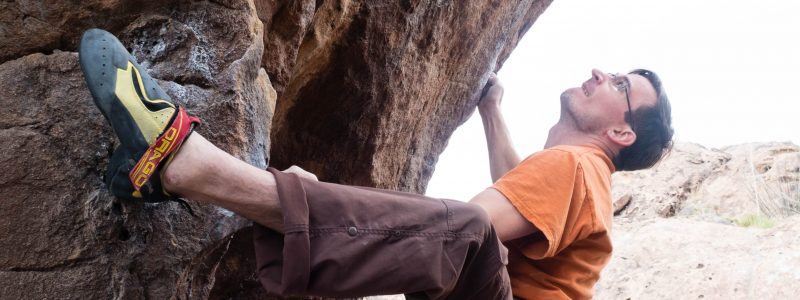








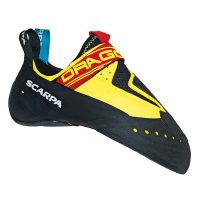
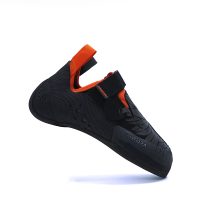

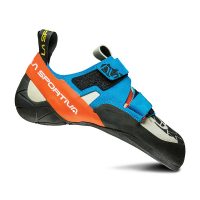
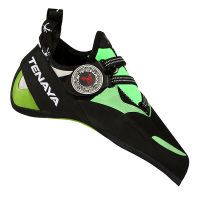

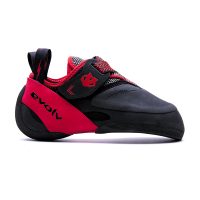
 83
83 